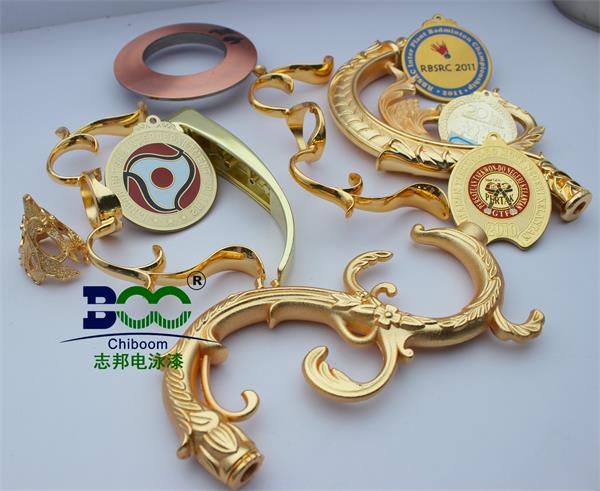Common Problems and Solutions for Electrophoretic Paint
In the field of industrial coating, electrophoretic paint is widely used in industries such as automotive and home appliances due to its excellent corrosion resistance and uniform film formation. However, in actual production, electrophoretic coating often encounters issues like particles, craters, pinholes, and uneven film thickness, which can affect product quality and production efficiency. This article will address these common problems and provide professional solutions based on practical experience.

I. Particle Issues
Particles are one of the most frequently encountered defects in electrophoretic coating, appearing as rough, hard particles on the dried paint film surface. The main causes include poor filtration of the coating bath, unclean workpieces being coated, and environmental dust contamination. For example, sediment or agglomerates in the electrophoretic bath, or residual phosphating sludge on the workpiece surface entering the bath, can lead to particle formation.
Solutions should focus on source control: First, strengthen bath filtration by using 25μm precision filter bags and regularly cleaning the filter tank. Second, ensure that workpieces are thoroughly degreased and phosphatized before coating to avoid secondary contamination. Finally, maintain a clean coating environment by regularly cleaning the drying chamber and air filters to reduce dust sources.
II. Craters and Pinholes
Craters appear as volcanic-shaped depressions on the paint film surface, typically ranging from 0.5 to 3.0 mm in diameter, while pinholes are tiny needle-like depressions. Craters are often caused by oil stains or incompatible particles adhering to the wet paint film surface, leading to uneven flow. Pinholes may result from re-dissolution of the wet coating film or vigorous electrolytic reactions generating bubbles.
For craters, it is essential to strengthen the degreasing process in pre-treatment and install oil-removing filter bags in the bath circulation system. Simultaneously, maintain the cleanliness of the drying chamber and circulating hot air to prevent oil contamination. To address pinholes, control the content of impurity ions in the bath, ensure the bath temperature is within the range of 28 to 30°C, and enhance bath agitation to promote de-bubbling. Additionally, workpieces should be immediately rinsed with UF solution or pure water within 1 minute after exiting the bath.
III. Thin or Thick Paint Films
A thin paint film can compromise corrosion resistance, while a thick one increases paint consumption and costs. A thin film may result from low bath solids content, low voltage, or insufficient temperature. Conversely, a thick film may be due to high bath solids content, excessive voltage, or elevated temperature.
To address a thin film, increase the bath solids content and coating voltage, extend the coating time, and ensure the bath temperature is at the upper limit of the process specification. For a thick film, reduce the bath solids content and temperature, control the coating time, and adjust the anode-to-cathode ratio and anode distribution.
Problems in electrophoretic paint coating require comprehensive prevention and control from multiple aspects, including process parameters, equipment status, and environmental management. By implementing rigorous pre-treatment, meticulous bath management, and continuous environmental maintenance, the quality of electrophoretic paint coating can be effectively improved, ensuring stable and reliable product performance.





 WeChat
WeChat